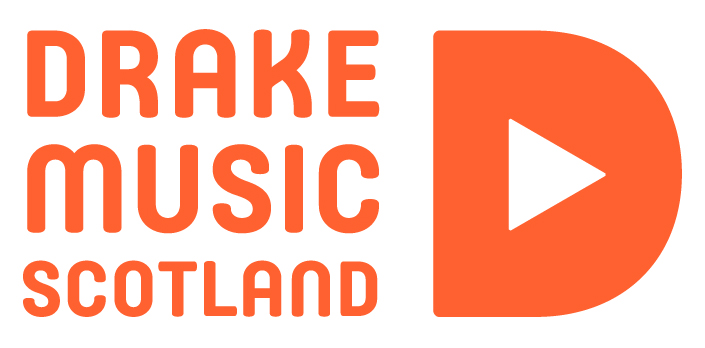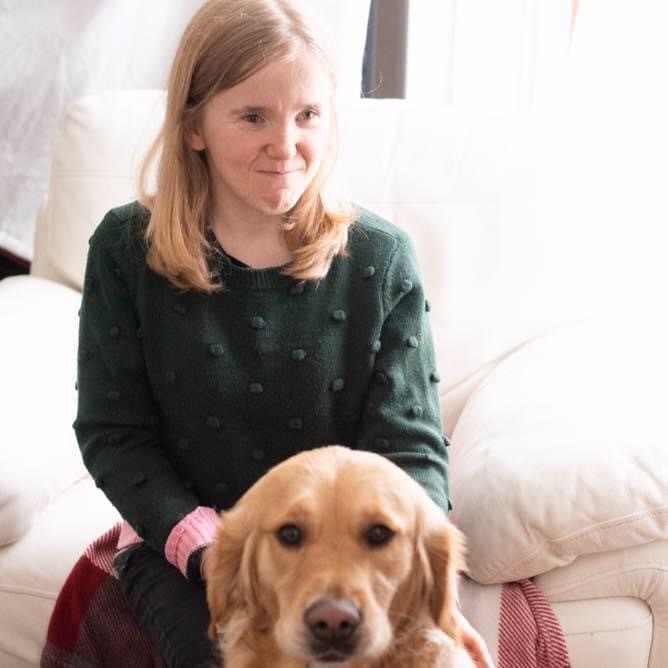On Creative Assistants
by Sorcha Pringle
Disabled people should be able to work at the same level and with equal job satisfaction as everyone else. In my work as a facilitator, I have been faced with the stark reality of the extent of the barriers faced by disabled artists.
There is a reasonably straight-forward adaption available to allow disabled artists such as myself, to thrive in facilitation work or in any other creative work that we are carrying out.
Enter the Creative Assistant.
A Creative Assistant is similar to what we might call a ‘personal assistant’. However, the definition of this varies widely and is much more complex than anyone, other than those who use them ,seem to understand. When googling “Personal Assistant” the first three results refer to someone who assists a specific person, particularly in high managerial positions. This is at odds with how personal assistants otherwise known as support workers or carers are viewed when working with a disabled person. Many people may assume when any disabled person either references or is seen with some form of support, that this is purely for reasons such as personal care and other manual tasks. But in reality, the situation is much broader.
In my case, I do not require constant physical or manual support, however, in the workplace, I do require very specific support. The model of the creative assistant is one that I, along with several other disabled artists have been working on for some time. In my case it came about when I began my work as a music practitioner. I discovered that many tasks and ways of working for most colleagues, particularly in unfamiliar settings, were unnecessarily difficult and caused extra barriers to me working well within the settings. In late 2021, I was able to work with a Creative Assistant officially for the first time.
My first Creative Assistant was someone who had known me for a long time, who also had an excellent level of experience in the same field of facilitation. This was a great experience to start with as my Creative Assistant must have a basic understanding or willingness to learn simple musical concepts. This ranges from something as simple as knowing what instruments are, as one task I require support with is lifting instruments into place and setting up the room in a suitable way for both me and the participants. As well as this, I use the colour and shape-based notation system Figurenotes, which, as a visual system is challenging for me. To speed up the process of getting participants to choose the colours for our compositions and notate them throughout the classroom, my creative assistant needed to have a basic knowledge of what colours corresponded to which notes.
Moving on to 2023, I’ve worked with a Creative Assistant who had no prior knowledge of Figurenotes and I was able to show how simple the colour-based notation system was to pick up. Having someone who could quickly translate the visuals for me so I could play them back to participants greatly enhanced the project.
This way of working requires a good level of prior confidence and ability to learn quickly, good and efficient training from me, and a positive relationship etween practitioner and creative assistant.
There were other benefits such as being able to meet with a creative assistant to travel to schools. I appreciated the level of independence in planning transport and getting to the school, but having company on the journey, meant that I was arriving at school much less anxious, not having to face many of the barriers I usually experience when travelling alone on public transport.
One major barrier that I face in day-to-day life is the amount of human communication, which in western society is expressed visually. Facial expressions and body language are two of the biggest ways in which people communicate. This means that when I am engaging with a group of people, particularly groups that have mixed communication needs, I am faced with difficulties when trying to gauge the level of enjoyment/engagement in the room as well as not always being able to spot issues as they occur. This was therefore a big part of what the Creative Assistant was there for. Simply saying something, either subtle or not, depending on the situation, allowed me to deal with any issues which are arising. In that way, I solve it.
One way in which I think this role should be developed is the level to which other people understand it. I find that when working with a personal assistant, I am often faced with awkward situations where people address them instead of me. It needs to be clear to everyone that all organisational elements of the project are to be addressed to me. The creative assistant is there to support me as directed.
As this is a dynamic role, it can be difficult to pinpoint exactly how valuable it can be but I hope the points I have raised in this article have highlighted the potential the role has to allow many more people to thrive in work. Nobody works completely independently at all times. Indeed in many situations collaborative working is celebrated. Take theatre shows for example. The Creative Assistant is just another member of the team which includes project organisers, schools, funders and myself; working together to make the project happen.
To conclude, there are many benefits to working with other people. Our Creative Assistant is just another member of our team, which any artist, disabled or non-disabled works with every day. Working with a Creative Assistant leads me to work to the best of my ability to provide high-quality sessions, which do not pose extra barriers to me. As well as me, finishing sessions, being no more stressed or emotionally drained than my non-disabled peers.

